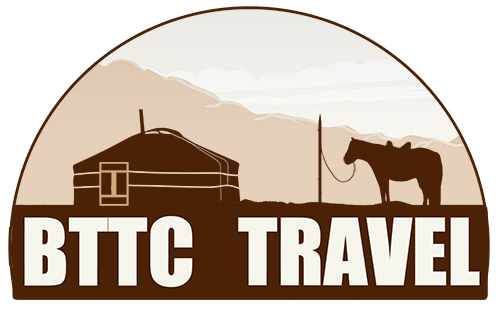Before you visit MONGOLIA
Accessibility
Weather/ Best time to travel
Visa information
Vaccination
Mongolian embassies abroad
While you are in MONGOLIA
Mongolia’s healthcare system has grown from a unique blend of ancient healing traditions and modern medical practices, creating a healthcare landscape that reflects both its rich cultural heritage and recent advancements. Before the arrival of Soviet assistance in the 1920s, healthcare in Mongolia was largely limited to traditional practices provided by local healers and monks who used herbal medicine, acupuncture, massage, bone-setting, and prayer to treat illness. These methods, deeply rooted in Mongolia’s nomadic way of life, remain popular even today and are seen as valuable complements to modern medicine.
The era of modern healthcare in Mongolia began in 1925 with the establishment of the first “People’s Hospital” by the Russian doctor Shastin, P. N. equipped with 15 beds. The socialist period saw a significant expansion of healthcare services, with policies focused on building a network of hospitals, clinics, and maternity homes across Mongolia. By the 1930s, the first hospitals and maternity centers in Ulaanbaatar were fully staffed by trained doctors and nurses, primarily under the guidance of Soviet medical professionals. During this period, medical treatment was entirely government-funded and free for all citizens, leading to a robust healthcare infrastructure and improved public health outcomes.
Following the transition to democracy in the 1990s, the healthcare system faced challenges with reduced funding, prompting reforms. In 1994, Mongolia introduced a national health insurance program and allowed private healthcare services, paving the way for an increasing number of private hospitals and clinics, particularly in Ulaanbaatar. These private facilities have significantly improved access to quality healthcare, and as a result, infant and overall mortality rates have continued to decline steadily.
In addition to healthcare, Mongolia has developed a strong social welfare system that supports various needs, including childcare, single-parent households, disability, and pensions. Unemployed individuals can register with employment agencies and receive government benefits, ensuring a safety net for citizens. However, despite these resources, many young Mongolians seek employment abroad in countries such as South Korea, Sweden, Czechia, Hungary, and the United States, driven by economic opportunities and career advancement.
Today, Mongolia’s healthcare and social welfare systems reflect both resilience and growth, balancing modern medical practices with time-honored traditions, and striving to meet the needs of a dynamic population.
